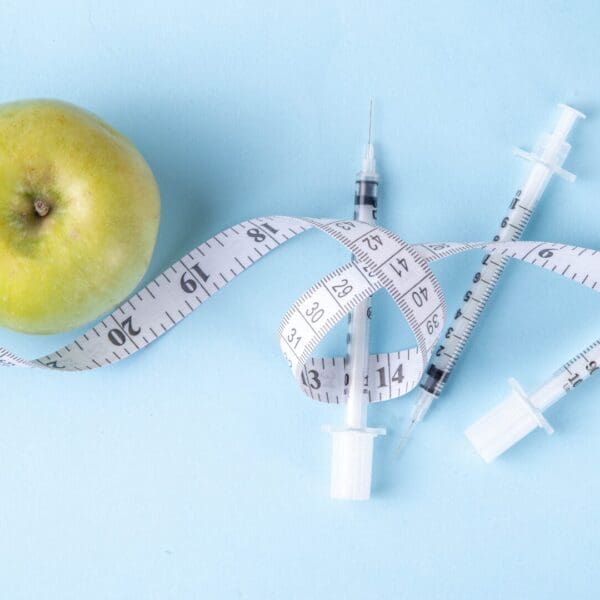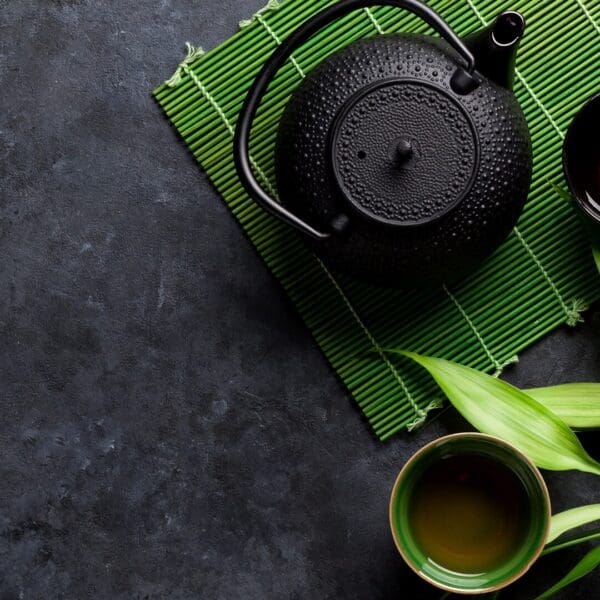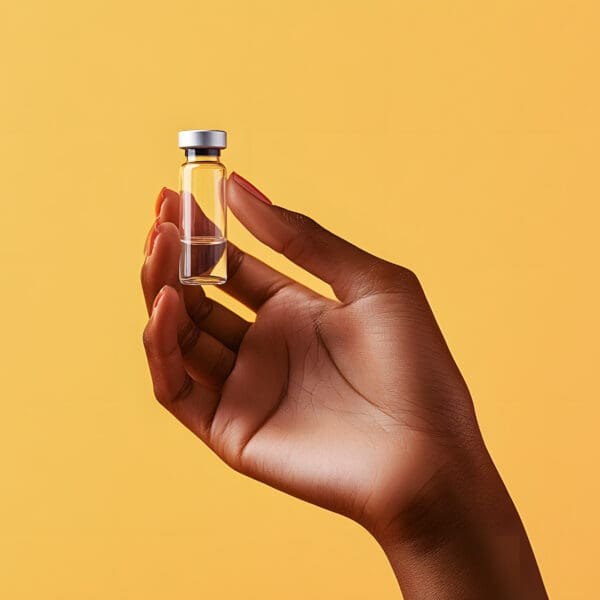If you’re reading this there’s a good chance you might be an addict – a dopamine addict.
Dopamine is a chemical released in the brain that makes you feel good. While having the right amount of dopamine in your system at the appropriate times is important, far too many of us have become addicted via hundreds of tiny dopamine hits per day from our electronics.
Someone texts you. Dopamine hit.
Someone likes your Facebook post. Dopamine hit.
Someone comments on our Facebook post. Dopamine hit.
Phone call. News alert. Sports update. Wordle puzzle. Dopamine hit after dopamine hit.
Eventually, our brains begin to crave constant dopamine hits. Every moment of idle time when our ancestors would let their minds settle or wander or relax, we feel anxious.
What’s happening on that text chain? What’s happening with stocks? With politics? With news? On TikTok?
We’re all guilty of it and it’s stressing us all out. In fact, polls show 60% of our time on social media is spent on Instagram. We tend to go on Instagram when we’re doing ‘mundane’ tasks, like cooking, or at family events, drawing our attention from being fully present and engaging with what’s going on around us.
The good news is that you can take control of your dopamine levels this summer and begin to wean yourself off your number one source of on-demand chemical rushes: your smart phone.
Step one is to actively look at your day for windows where you really don’t need to have your phone or laptop or iPad anywhere near you.
While this sounds simple, it’s not. Modern humans are conditioned to being available 24/7. And we justify having our phone by our side all day every day by saying things like “I have kids” or “my parents are older” or “my boss might need me” and then…poof… there goes our mental peace of mind.
So rather than say “I need to spend less time on my phone” and not doing anything about it, you can analyze your day for times when you truly don’t need your phone. Perhaps it’s a walk after dinner when your family is all home? Or maybe it’s while you play tennis or golf for a few hours? Or maybe you decide that no matter what, by 8pm you put your phone in another room and don’t look at it until 8pm the next day.
The goal with this strategy is to find two or three windows of at least 15-30 minutes per day to give your brain time to pause and disconnect from the Internet and the online discourse so you can come back to yourself.
No texts. No emails. No social media.
It’s during these windows when we can be our most creative, our most relaxed, our most comfortable version of ourselves. And make sure you take advantage of this uncluttered, unplugged time. Focus on your thoughts or on deep work with no distractions. Or simply take time to appreciate the natural beauty around you: the sky or flowers or a lake you enjoy.
Once you’ve mastered the ability of carving out moments during the day to let your brain relax, you can focus on step two: scheduling prolonged breaks from your tech.
An afternoon hike is a good example.
A weekend camping trip is another one.
Some people even schedule full weeks of vacation in the mountains or the woods where they are purposely unavailable to everyone.
If the thought of no wi-fi is a little scary, don’t worry, you’re not alone. Nearly all of us have come to rely on being “always online” in our daily lives.
But hopefully with these steps you’ll begin to gain control of your individual hours, then days, then perhaps full weeks at a time when the only person you’re fully available to…is you.
Sounds good, doesn’t it?
For more strategies on living a more purposeful, intentional life, with wellness and health at the center, click here to learn more about our functional medicine program and setup an appointment with Carissa today.
And please share this issue with anyone you think would benefit from it.
Thanks!














